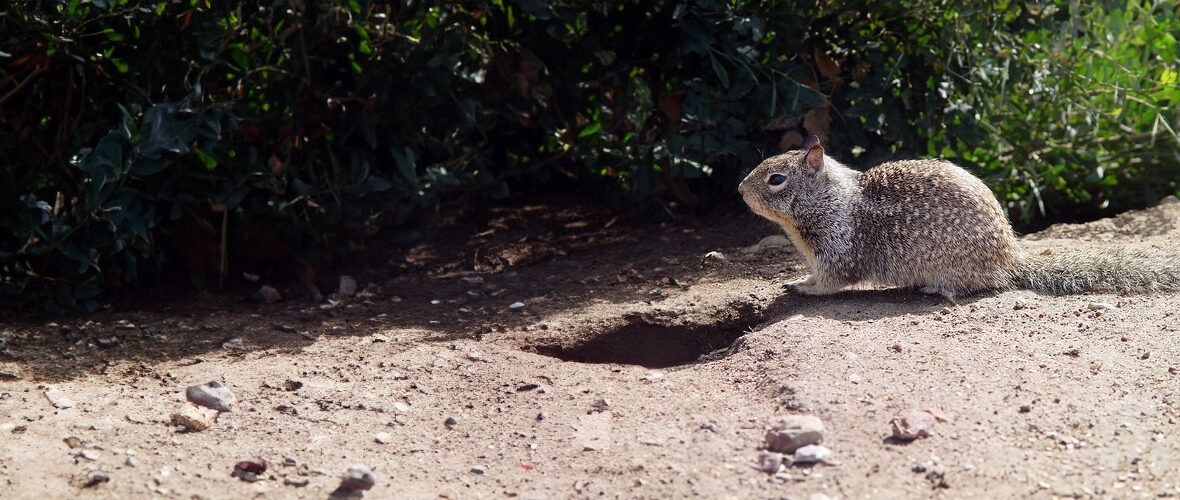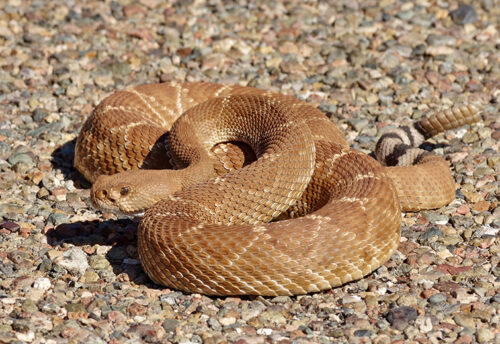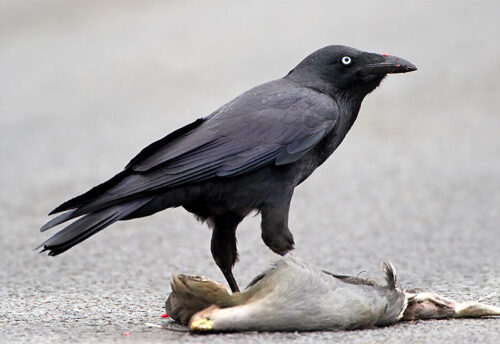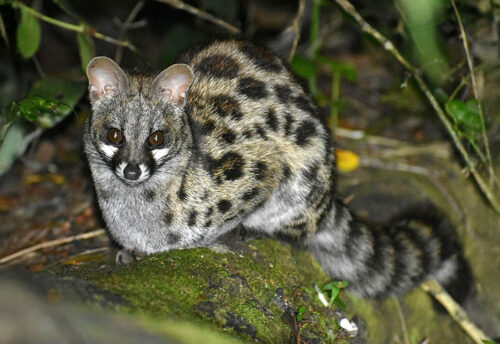
The California ground squirrel, aka Beechey ground squirrel, is a commonly seen species of squirrel found along the western United States and the Baja California Peninsula. They have also moved into Oregon, Washington, and Nevada. With no major threats throughout their range, and a stable population, these squirrels are listed as Least Concern by the IUCN.
First the Stats…
Scientific name: Otospermophilus beecheyi
Weight: Up to 26 ounces
Length: Up to 11 inches, plus up to a 10+ inch tail
Lifespan: Up to 10 years
Now on to the Facts!
1.) This squirrel species was originally described by John Richardson, who proclaimed the species as Arctomys (Spermophilus) beecheyi, or “Beechey’s marmot”. He named these squirrels after Frederick William Beechey, an early 19th-century British explorer and a naval officer.
2.) As is the case with all ground squirrels, these critters dig and live in their own burrows, thus making them semi-fossorial (live partially underground).
3.) These critters are often times mistaken for fox squirrels.
4.) Like other squirrel species, these creatures are easily tamed to accept food offered by humans.
5.) In regions where it snows, they will hibernate. In the remaining regions they stay active year round.
But wait, there’s more on the California ground squirrel!
6.) However, in regions with excessive heat, they are known to aestivate (reduced metabolic rate and inactivity in response to dry conditions and high temperatures) for a couple days at a time.
7.) These ground squirrels are frequently regarded as pests in gardens and park settings, since they tend to eat ornamental plants and trees.
Did you know…?
Female squirrels with pups chew on the skins shed by rattlesnakes and then lick themselves and their pups to disguise their scent from these serpentine predators.
8.) Their diet consists of oats, various seeds, roots, fruits, crickets, and grasshoppers.
9.) Females undergo up to a 1 month gestation (pregnancy) that yields up to 11 pups.
10.) Pups open their eyes in up to 5 weeks, and reach sexual maturity in up to 1 year.
But wait, there’s still more on the California ground squirrel!
11.) The females are considered to be promiscuous (have multiple partners), so the individuals of 1 litter can be sired from multiple males.
12.) They are preyed on by rattlesnakes, eagles, raccoons, foxes, badgers, and weasels.
Did you know…?
While tail waiving (moving their tail from side to side), the snake will often attack their tail and miss. In time, the snake becomes exhausted and leaves the scene.
13.) Adults are somewhat resistant to rattlesnake venom, but pups are not, until at least 1 month of age.
14.) The adult squirrels will also kick sand and provoke rattlesnakes, by biting their tail in an effort to thwart an attack.
15.) Another cool defensive strategy is for a squirrel to super-heat and rapidly move around its tail. When hunting, rattlesnakes often rely on their pit organ, which detects infrared radiation. The hot tail-moving appears to send the message they are not a threat, and are too big and fast-moving for it to be worthy of a meal.
16.) California ground squirrels are diurnal (active during the day).
Now a Short California Ground Squirrel Video!
Be sure to share & comment below! Also, check out the Critter Science YouTube channel. Videos added regularly!
Want to suggest a critter for me to write about? Let me know here.
Some source material acquired from: Wikipedia & IUCN
Photo credit: iNaturalist



